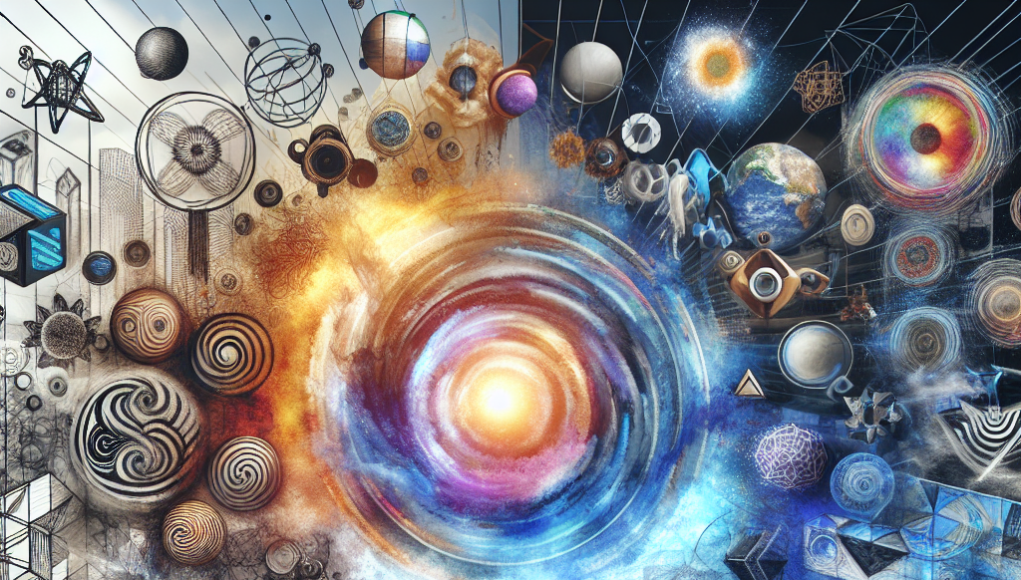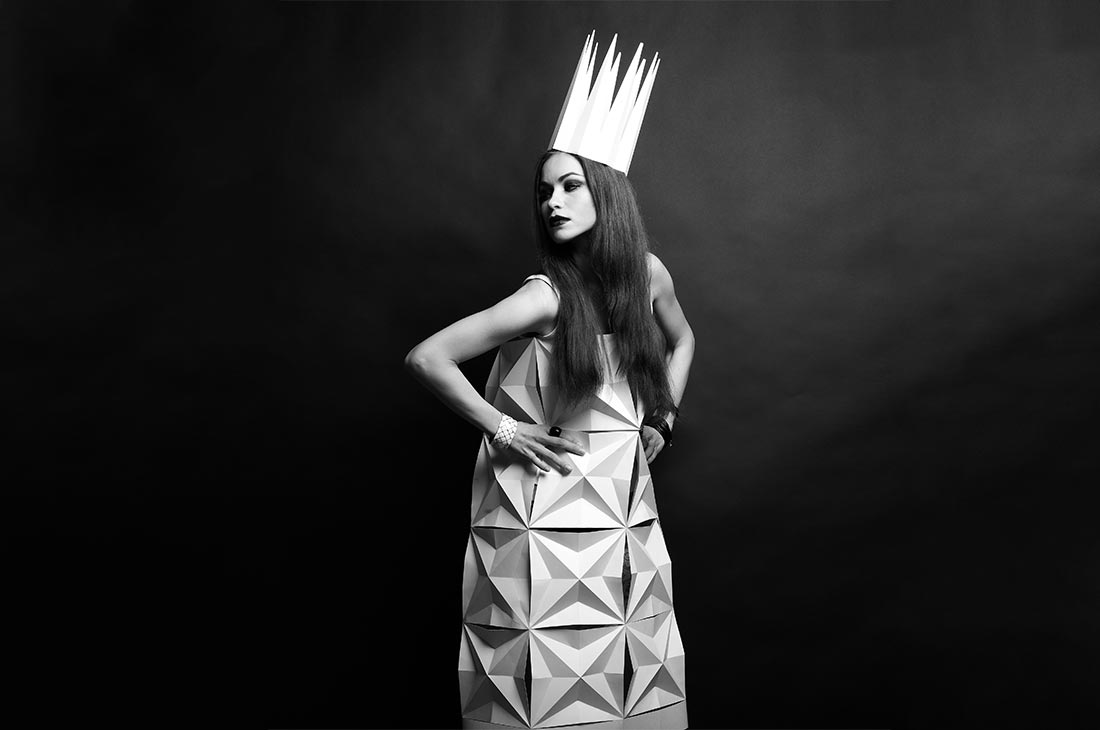Digital art has emerged as a formidable force in the contemporary art world, reshaping how we perceive, create, and interact with art. As technology continues to evolve, so too does the landscape of digital art, offering artists new tools and platforms to express their creativity. This article delves into the emerging trends in contemporary digital art, exploring its evolution, key innovations, and the pivotal role of technology in artistic expression today.
Understanding the Evolution of Digital Art Forms
Digital art has undergone significant transformation since its inception, evolving from pixelated graphics to sophisticated, immersive experiences. Initially, digital art was limited to basic computer graphics and simple animations due to technological constraints. However, with advancements in computing power and software capabilities, artists began to explore more complex forms, integrating multimedia elements such as sound, video, and interactive components.
The democratization of digital tools has played a crucial role in the evolution of digital art. Software like Adobe Photoshop and Corel Painter opened up new possibilities for artists, allowing them to manipulate images and create digital paintings with ease. This accessibility has enabled a broader range of artists to experiment with digital media, leading to a diverse array of styles and techniques.
As digital art gained traction, it began to intersect with other disciplines, such as graphic design, animation, and video production. This interdisciplinary approach has fostered innovation and experimentation, resulting in hybrid forms that challenge traditional definitions of art. The integration of digital art into mainstream culture has also led to its acceptance as a legitimate art form, with digital artworks now featured in prominent galleries and museums worldwide.
The rise of the internet and social media has further accelerated the evolution of digital art. Online platforms provide artists with unprecedented access to global audiences, enabling them to share their work and connect with other creatives. This interconnectedness has facilitated the exchange of ideas and techniques, contributing to the rapid advancement of digital art forms.
Moreover, the evolution of digital art has been influenced by cultural and societal shifts. As digital technology becomes increasingly integrated into daily life, artists are using it to explore contemporary themes and issues, such as identity, globalization, and environmental concerns. This thematic diversity reflects the dynamic nature of digital art and its capacity to adapt to changing contexts.
In summary, the evolution of digital art forms is characterized by technological advancements, increased accessibility, interdisciplinary collaboration, and cultural relevance. These factors have collectively shaped the trajectory of digital art, positioning it as a vital component of the contemporary art landscape.
Key Innovations Shaping Contemporary Digital Art
One of the most significant innovations in contemporary digital art is the advent of virtual reality (VR) and augmented reality (AR) technologies. These immersive technologies allow artists to create interactive environments that engage viewers in novel ways. By blurring the line between reality and the virtual world, VR and AR offer unique opportunities for storytelling and experiential art.
Artificial intelligence (AI) is another groundbreaking innovation that is transforming digital art. AI algorithms can analyze vast datasets to generate original artworks, offering artists new tools for creative exploration. Artists are using AI to experiment with generative art, where machines produce complex patterns and images that push the boundaries of human creativity.
Blockchain technology has also made a substantial impact on digital art, particularly through the emergence of non-fungible tokens (NFTs). NFTs provide a way to authenticate and monetize digital artworks, giving artists greater control over their creations. This innovation has led to a surge in digital art sales and has opened up new revenue streams for artists.
Interactive installations have become a hallmark of contemporary digital art, offering viewers a participatory experience. These installations often incorporate sensors and motion-capture technology to respond to audience input, creating dynamic works that evolve based on viewer interaction. This interactivity challenges traditional notions of art consumption and invites viewers to become active participants in the artistic process.
Data visualization is another key innovation shaping digital art. Artists are harnessing the power of data to create visually compelling pieces that communicate complex information. By transforming raw data into art, they offer new perspectives on topics ranging from social issues to environmental changes, making data more accessible and engaging for audiences.
Finally, the proliferation of digital platforms and tools has democratized the creation and distribution of digital art. From mobile apps to online galleries, artists have access to a wide array of resources that enable them to produce and share their work with ease. This accessibility has fostered a vibrant digital art community, where artists collaborate and innovate across geographical boundaries.
The Role of Technology in Artistic Expression Today
Technology plays a pivotal role in shaping artistic expression in the contemporary digital art landscape. It serves as both a medium and a tool, enabling artists to explore new forms and techniques that were previously unimaginable. The integration of technology into art has expanded the possibilities for creative expression, allowing artists to push the boundaries of traditional art forms.
Digital tools and software have revolutionized the way artists create and manipulate images. Programs like Adobe Creative Suite and Procreate offer a wide range of features that enable artists to experiment with different styles and effects. These tools have made digital art more accessible, allowing artists to produce high-quality work without the need for expensive materials or equipment.
The internet has also played a crucial role in the dissemination of digital art. Online platforms and social media provide artists with a global stage to showcase their work and connect with audiences. This digital connectivity has facilitated the exchange of ideas and techniques, contributing to the rapid evolution of digital art forms.
Technology has also enabled new forms of collaboration between artists and technologists. Projects that combine art and technology often involve interdisciplinary teams, where artists work alongside engineers and programmers to create innovative works. This collaboration has led to the development of interactive installations, virtual reality experiences, and other cutting-edge forms of digital art.
Furthermore, technology has expanded the scope of artistic themes and subject matter. Artists are using digital tools to explore contemporary issues such as digital identity, surveillance, and artificial intelligence. By engaging with these topics, artists are able to comment on the impact of technology on society and provoke critical reflection among audiences.
In conclusion, technology is an integral component of artistic expression in the contemporary digital art world. It provides artists with new tools and platforms to explore their creativity, enabling them to push the boundaries of traditional art forms. As technology continues to evolve, it will undoubtedly continue to shape the future of digital art, offering new possibilities for creative exploration and expression.
The world of digital art is a dynamic and ever-evolving landscape, enriched by technological advancements and innovative practices. As artists continue to harness the power of technology, they are redefining the boundaries of artistic expression and challenging traditional notions of art. By staying attuned to emerging trends and embracing new tools, digital artists are poised to shape the future of art, creating works that captivate and inspire audiences around the globe.










